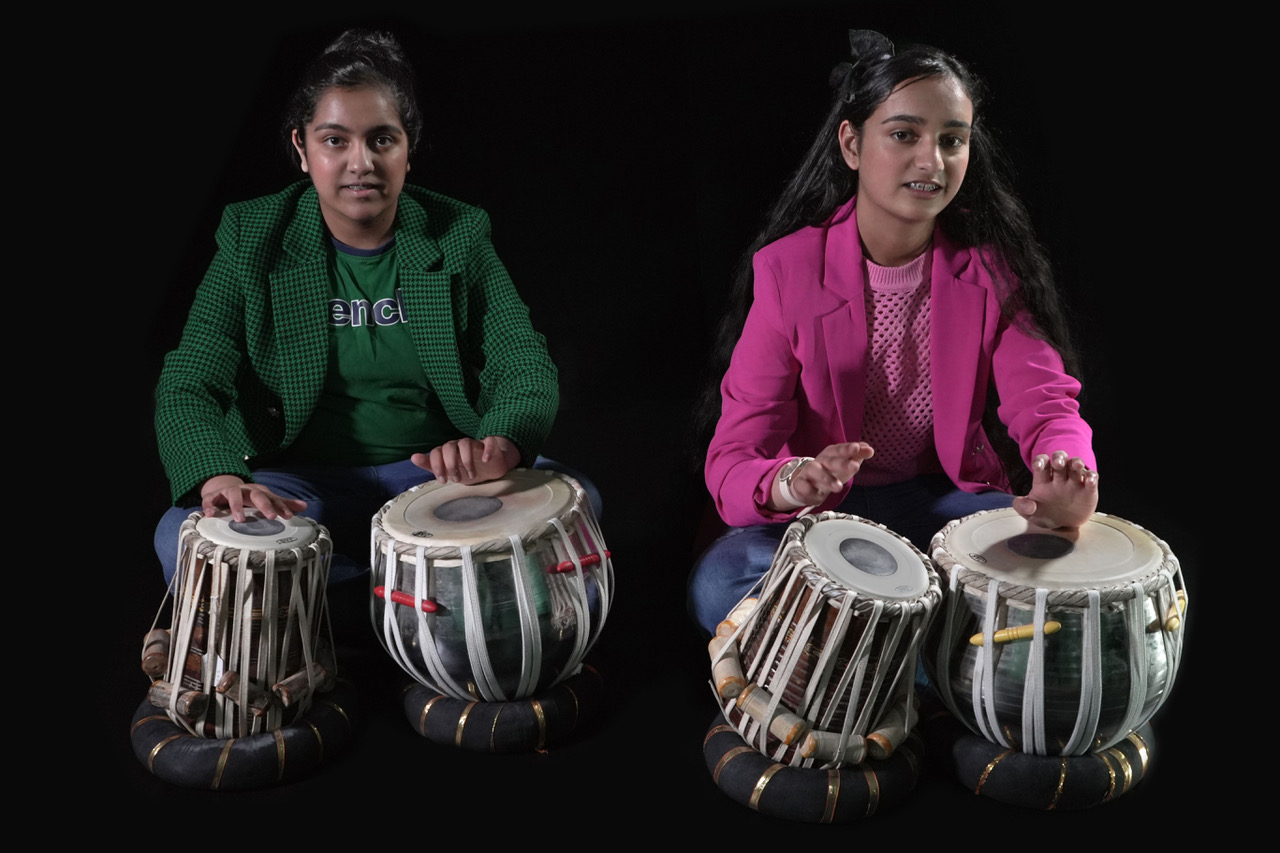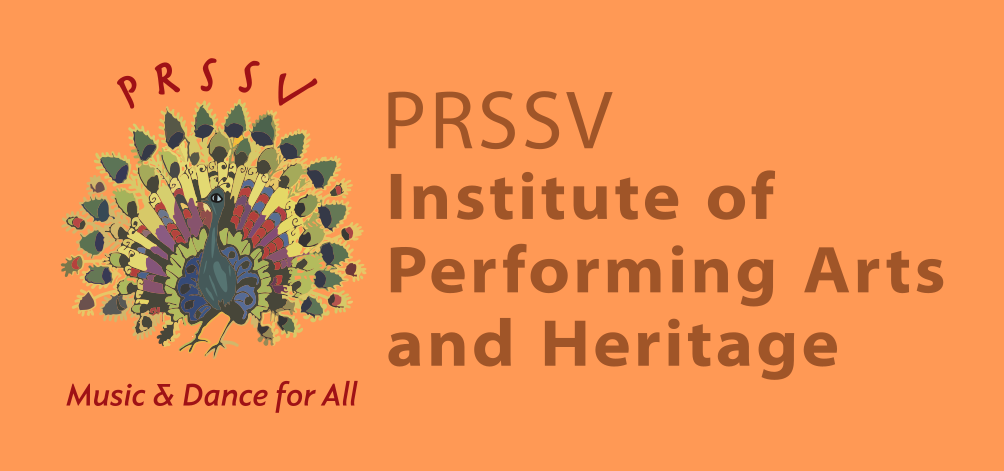
Training Programme, Unit B:
Technical and practical section
During this course it will be necessary to learn much about the theory of music; the facts and about how to present music to classes of instrumental pupils. Teachers of music from the ‘oral’ tradition are at a great advantage when involved with the music itself. Traditionally they teach ‘music’, the art form they love and are familiar with, orally; that is by passing onto their students the sounds they wish the student to become familiar with. Teachers of music from the European tradition usually refer to ‘music’ as a piece of paper with music writing on it which they then expect their students to translate into sound. There is therefore an extra step between the teacher and the sound created by the player – a piece of paper referred to as “the music”. It isn’t “THE music” – it is a piece of paper. So often working from this piece of paper and learning the facts about music can destroy the original purpose of the REAL music and that is to express feelings and thoughts in a way that words cannot: or as Victor Hugo puts it “Music expresses that which cannot be said”.
Examples of the strength of music to express unspeakable thoughts can be found in the singing of National Anthems; of the chorus of football supporters singing “You’ll never walk alone” or even “Happy Birthday to You”.
So why, when we fear that the printed music can come between the learning of the piece and its emotional qualities, do we want all our teachers to be able to understand the written notation? As far as we are concerned it is to aid the development of the art; to make it easier for people to learn the notes and to involve themselves in a much wider range of experiences.
The following pages are about reading music and understanding notation alongside the oral tradition of music. So why do we want all our teachers to be able to understand the written notation, whilst being anxious to support and protect oral traditions that do NOT use written music?
As far as we are concerned standard notation is purely an aid to make it easier for people to learn the notes and to involve themselves in a much wider range of experiences. Being able to understand and read music notation opens doors to a whole range of music quickly and supports the development of the art; but does not stop the player from memorizing it. Nor does it stop the player from developing that music if that is what is wanted. Certain music from the European Classical tradition is meant to be played exactly as the composer wrote it – many other musics – jazz, folk, calypso and other oral traditional music are products of developments by the player, and sometimes happen over a period of time.
As part of the PRSSV examinations candidates are expected to play music from the European tradition as the composer wrote it, as well as music from a Caribbean tradition which may be interpreted in the Caribbean ‘style’. We do not expect teachers to ‘sight-read’ complicated ‘standard’ notation, but rather to be aware of it so that, with the benefit of recordings, they can work it out.
Other benefits of learning to read music are well documented but you might care to look at the following (see http://ed.ted.com/lessons/how-playing-an-instrument-benefits-your-brain-anita-collins)
- How to read notation including ledger lines, bass clef and more complex rhythmic groupings; understanding scale, chord structure and symbols
- Strategies for Students including learning specific techniques
- Performance assessment of examinations at level 2
- Cultural development of Music in Europe
- Recognising Styles Included In Level 2 and How to Portray Them
- Information about examination pieces to Grade 5
- Information about all instruments; their range and uses and Performers and participants;
- Assessment of long-term planning

